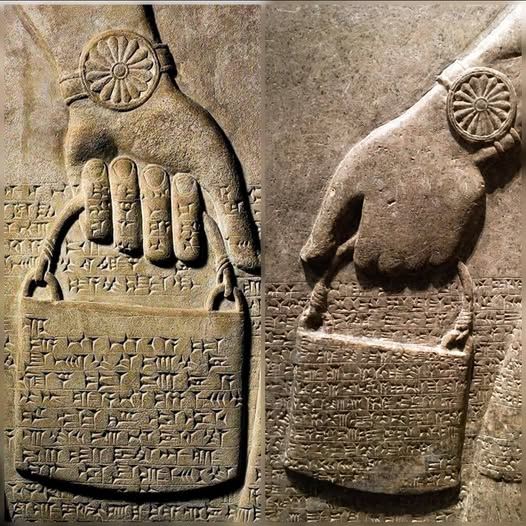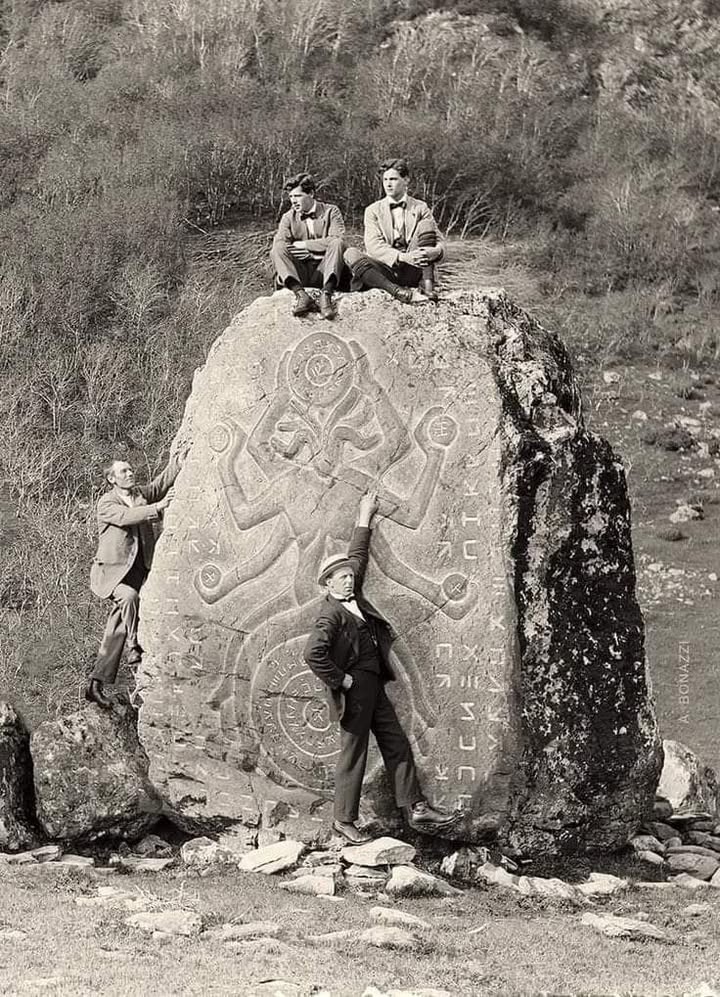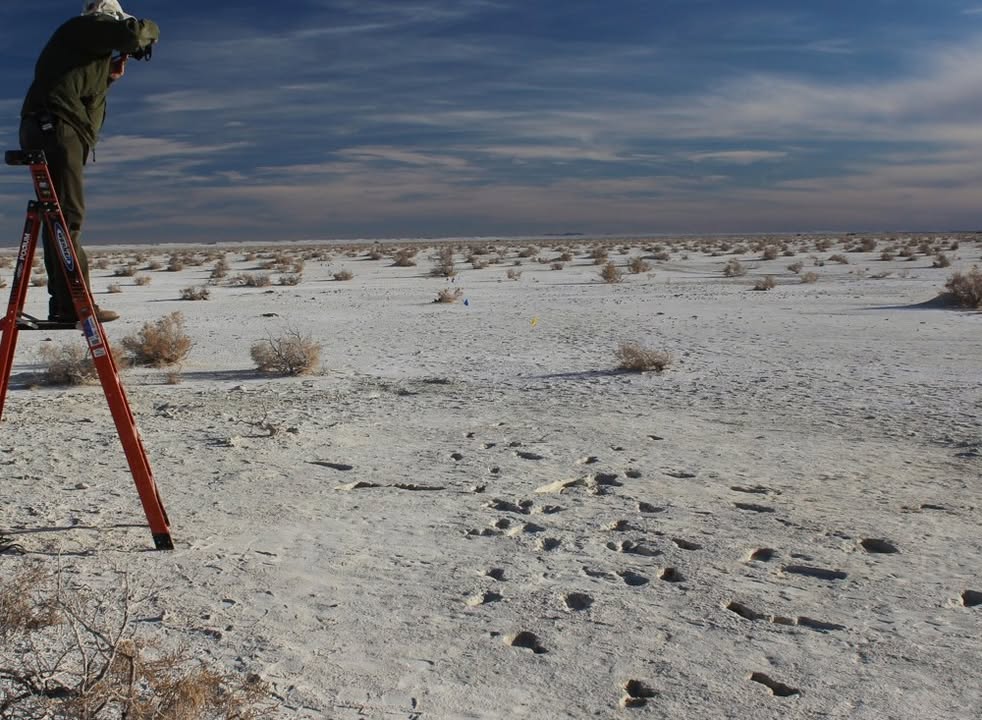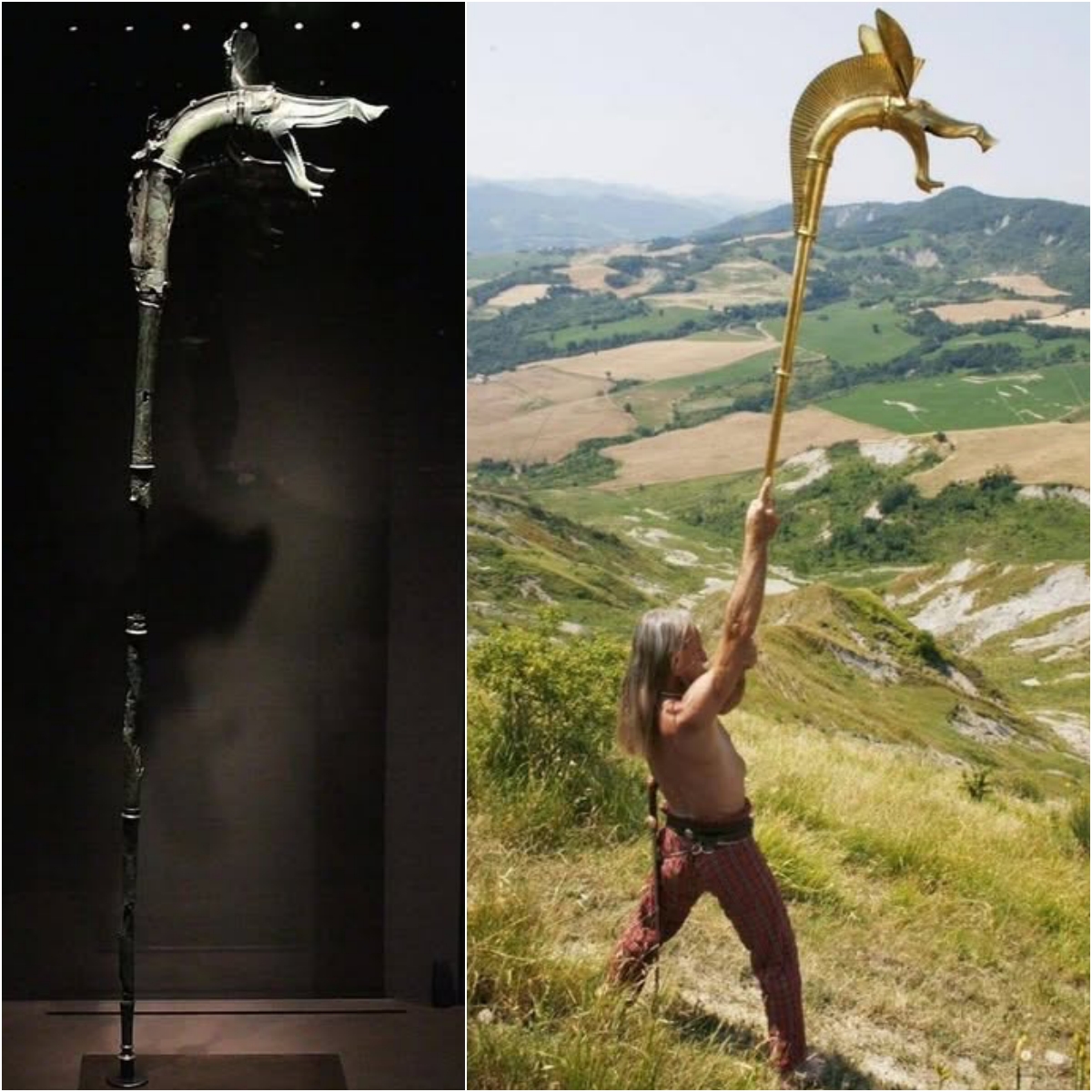1600, by the sculptor Giambologna. “Hercules and the Centaur”, an extraordinary and realistic Marble Sculpture in the Loggia dei Lanzi in Florence, Tuscany, Italy.
Hercules and the Centaur (1600) – A Masterpiece by Giambologna The sculpture Hercules and the Centaur by the renowned sculptor Giambologna is a marble masterpiece completed in 1600. This extraordinary work is displayed in the Loggia dei Lanzi, an open-air gallery in Florence, Tuscany, Italy. With its dramatic composition and remarkable realism, the sculpture showcases Giambologna’s exceptional talent in capturing movement, anatomy, and emotional intensity, making it one of the finest examples of late Renaissance and early Baroque sculpture. Giambologna (1529–1608) was one of the greatest sculptors of the late Renaissance and Mannerist period. Born in Flanders (modern-day Belgium), he…
3 min read









